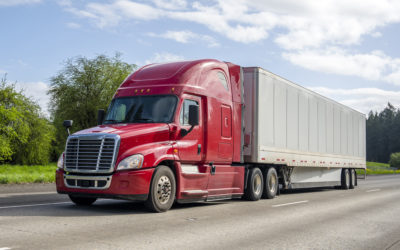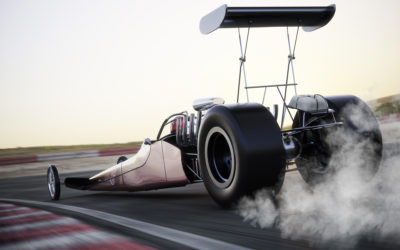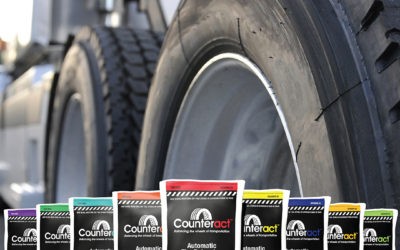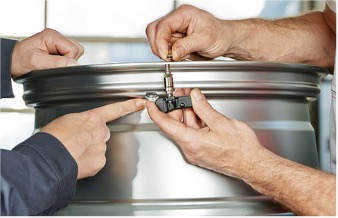Vehicle vibrations can significantly impair drivers through various mechanisms, impacting both physiological and psychological aspects. Here are some scientific insights into how these vibrations affect drivers: 1. Musculoskeletal Discomfort and...
tire balancing
Why Balancing Beads Are Better for Off Road Terrain Tires
When you're out tackling tough terrain with your all-terrain or mud-terrain tires, you need them to stay balanced. However, using a regular spin balancer can be a real pain. Not only is there a risk of losing wheel weights, but debris such as mud...
Drag Racing Tires and Balancing Beads
It is becoming increasingly commonplace that a growing number of drag racing enthusiasts are turning to advanced wheel balancing solutions such as Counteract Balancing Beads to optimize tire performance on the track. Many racers are starting to...
Counteract’s Cooling Effect on Tires
Understanding Tire Operating Temperature Heat remains the primary adversary of tires, making it crucial for tire engineers to consider the ideal "tire operating temperature" during the design phase. Effects of High Temperatures Tires subjected to...
Types of TPMS and Their Effects on Tire Balancing
In the automotive industry, Tire Pressure Monitoring Systems (TPMS) have become standard practice since 2009 when it became mandatory for all new passenger vehicles to be equipped with TPMS. This regulation marked a significant stride in enhancing...
The Science Behind Balancing Beads
The science behind balancing beads can be broken down into stages listed below, with three forces influencing the process: gravity, centrifugal force, and inertia. Tire at Rest The beads pool at the bottom of the tire due to gravity. Tire in Motion...







